Description
WINCHMAX Wireless Winch Remote Control Kit Twin Handset 12v
Features
- Operating Range over 30m (100ft)
- Supplied with two handheld controllers.
- Sealed rubber buttons.
- Press and hold both buttons to power on/off
- Auto shut off after 5 minutes without use to preserve battery life
- Free- Fitted Battery in the remote.
- Heat shielded cables with pre-fitted heat shrink insulated terminals.
- Compact receiver is just 60mm x 45mm x 22mm so will fit safely inside most control box enclosures.
- Easy to fit, full installation instructions supplied.
Industry-leading lifetime warranty on mechanical components & 3yrs warranty on electrical.
VAT invoice provided with every sale.
Customer reviews
Add a review
You must be logged in to post a comment.
PDF Documents
remote Guide
Instructions:
- Thank you for buying a WINCHMAX wireless remote kit. This should provide many years of trouble-free operation, however, it is essential that it is correctly installed otherwise irreparable damage to the microcircuitry will be caused.
- The basic principle of operation is that once connected to a power supply, the two output wires of the receiver will go to the supply voltage (12v or 24v depending on the model) when the corresponding button on the transmitter (handset) is pressed.
- The output can then be used to operate the trigger terminals on a secondary contactor (solenoid) to switch the main load (e.g. a Winch)
- The outputs MUST NEVER be connected to earth as otherwise they will short circuit and burn out.
- If you have any doubt about which are the trigger terminals on your solenoid, first check by using a thin piece of wire connected to the positive supply, when you apply it to one of the solenoid trigger terminals the winch should run in one direction, if you apply it to the trigger terminal it should operate in the opposite direction.
- In most cases, winches are fitted with a plug-in wander lead, at the back of the wander lead socket you will see three wires. One of the wires is the positive feed to the wander lead switch, depending on which way the switch is pressed this feed will then be diverted down one of the other two wires (the output wires) which will, in turn, be connected to the trigger terminal of the solenoid.
- There are many different types of control configurations, but if you understand the basic principle of operation this should allow you to apply it to whichever set you have. We have provided a schematic of the most common single solenoid pack winch control system (in our diagram trigger terminals on the solenoid are labelled as 1 & 3) but if you have any doubt as to how you should connect your remote DO NOT do it before consulting our office hours helpline for advice.
Diagram for 2 wire motor
Diagram for 4 wire motor
Wireless Winch Remote Control. 12v, Twin Handset
Quick Code: 1198
SKU: WMTREMKITT12VT
€38.38 inc. VAT €31.98 Ex. VAT
SHARE
Certificate of conformity on all products.
You may also like…
-
4 Channel Winch Remote Control, Wireless. Twin HD Handsets, Long Range. 12v/24v
€76.82 inc. VAT €64.02 Ex. VAT Add to Cart -
Winch Wireless 12V Remote Controls, Twin SL Handsets, Long Range With Enclosure.
€73.32 inc. VAT €61.10 Ex. VAT Add to Cart -
Wireless Winch Remote Control 12v. Twin handset, Waterproof External Receiver
€41.87 inc. VAT €34.90 Ex. VAT Add to Cart
Quick Code: 1198
SKU: WMTREMKITT12VT
€38.38 inc. VAT €31.98 Ex. VAT
SHARE
WINCHMAX Wireless Winch Remote Control Kit Twin Handset 12v
Features
- Operating Range over 30m (100ft)
- Supplied with two handheld controllers.
- Sealed rubber buttons.
- Press and hold both buttons to power on/off
- Auto shut off after 5 minutes without use to preserve battery life
- Free- Fitted Battery in the remote.
- Heat shielded cables with pre-fitted heat shrink insulated terminals.
- Compact receiver is just 60mm x 45mm x 22mm so will fit safely inside most control box enclosures.
- Easy to fit, full installation instructions supplied.
Industry-leading lifetime warranty on mechanical components & 3yrs warranty on electrical.
VAT invoice provided with every sale.
Instructions:
- Thank you for buying a WINCHMAX wireless remote kit. This should provide many years of trouble-free operation, however, it is essential that it is correctly installed otherwise irreparable damage to the microcircuitry will be caused.
- The basic principle of operation is that once connected to a power supply, the two output wires of the receiver will go to the supply voltage (12v or 24v depending on the model) when the corresponding button on the transmitter (handset) is pressed.
- The output can then be used to operate the trigger terminals on a secondary contactor (solenoid) to switch the main load (e.g. a Winch)
- The outputs MUST NEVER be connected to earth as otherwise they will short circuit and burn out.
- If you have any doubt about which are the trigger terminals on your solenoid, first check by using a thin piece of wire connected to the positive supply, when you apply it to one of the solenoid trigger terminals the winch should run in one direction, if you apply it to the trigger terminal it should operate in the opposite direction.
- In most cases, winches are fitted with a plug-in wander lead, at the back of the wander lead socket you will see three wires. One of the wires is the positive feed to the wander lead switch, depending on which way the switch is pressed this feed will then be diverted down one of the other two wires (the output wires) which will, in turn, be connected to the trigger terminal of the solenoid.
- There are many different types of control configurations, but if you understand the basic principle of operation this should allow you to apply it to whichever set you have. We have provided a schematic of the most common single solenoid pack winch control system (in our diagram trigger terminals on the solenoid are labelled as 1 & 3) but if you have any doubt as to how you should connect your remote DO NOT do it before consulting our office hours helpline for advice.
Diagram for 2 wire motor
Diagram for 4 wire motor
PDF Documents
remote Guide
You may also like…
-
Wireless Winch Remote Control 12v. Twin handset, Waterproof External Receiver
€41.87 inc. VAT €34.90 Ex. VAT Add to Cart -
Winch Wireless 12V Remote Controls, Twin SL Handsets, Long Range With Enclosure.
€73.32 inc. VAT €61.10 Ex. VAT Add to Cart -
4 Channel Winch Remote Control, Wireless. Twin HD Handsets, Long Range. 12v/24v
€76.82 inc. VAT €64.02 Ex. VAT Add to Cart

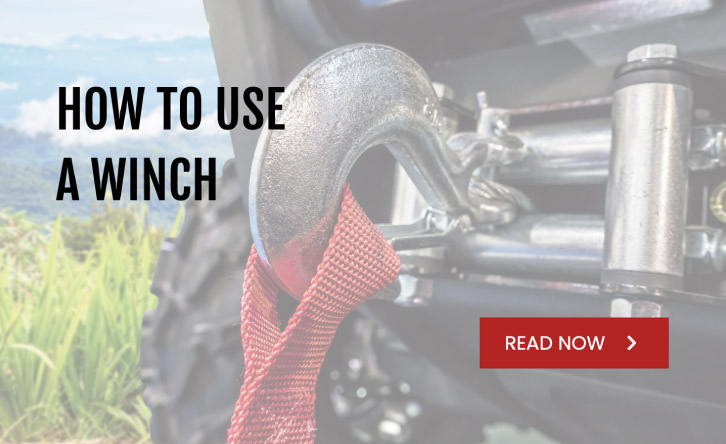

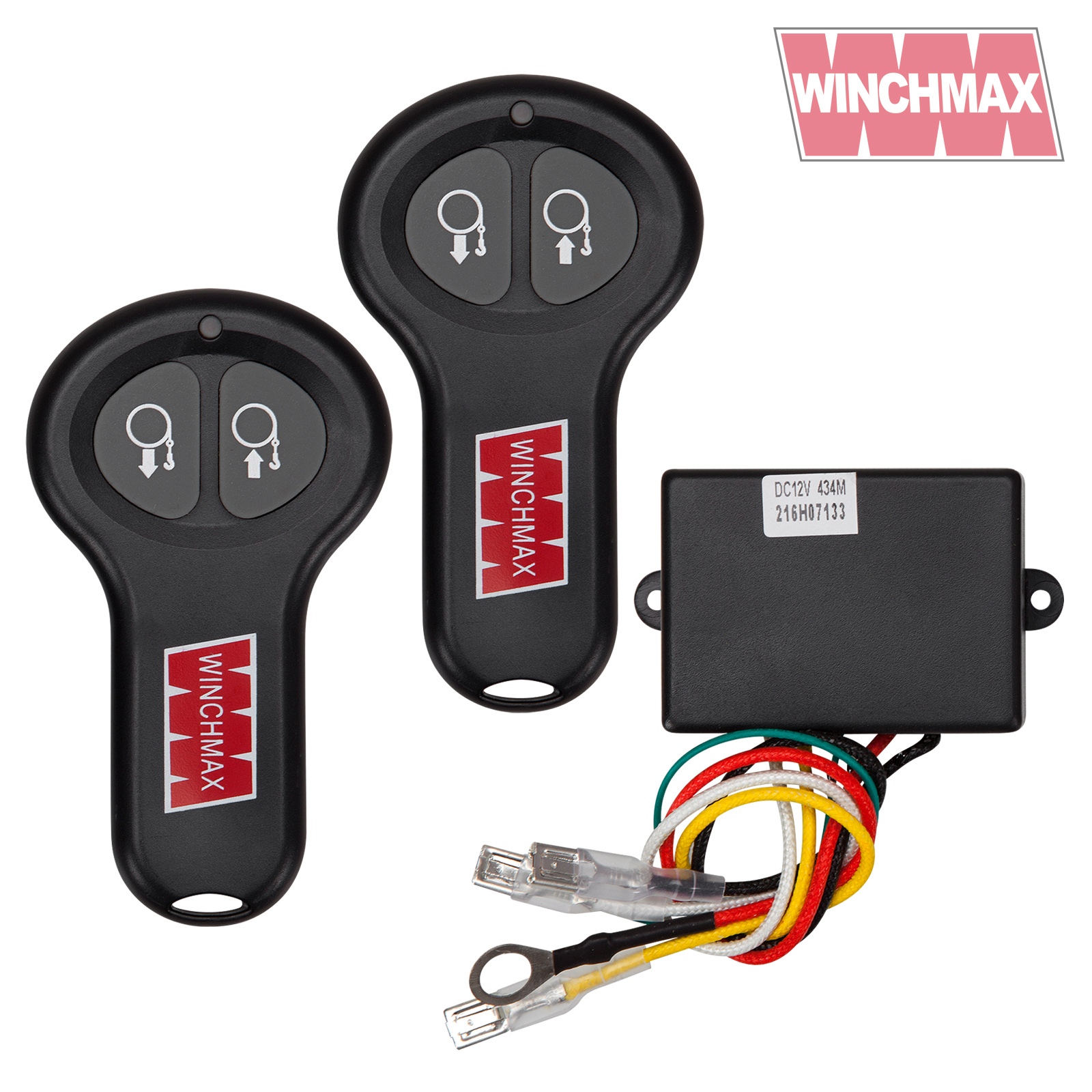
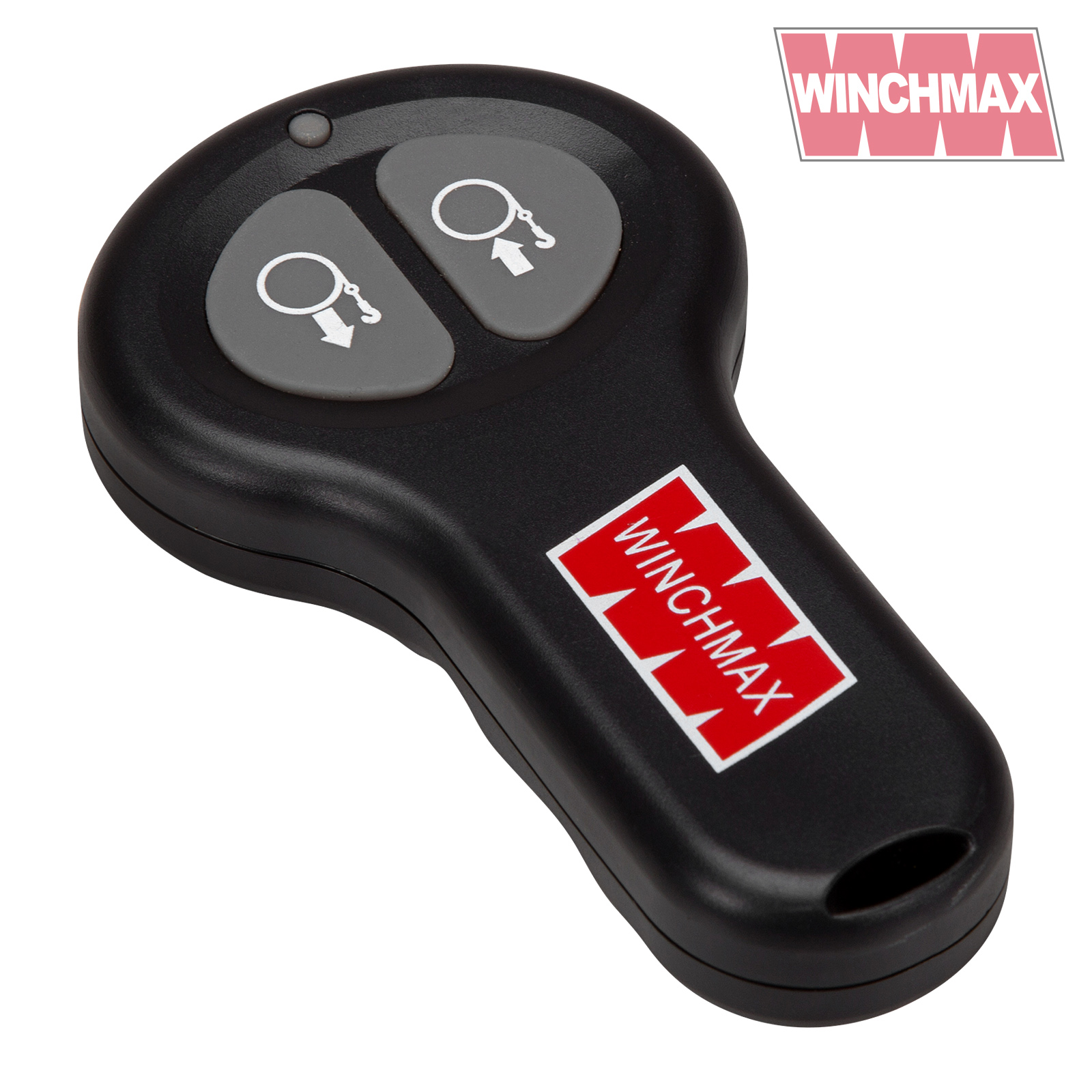
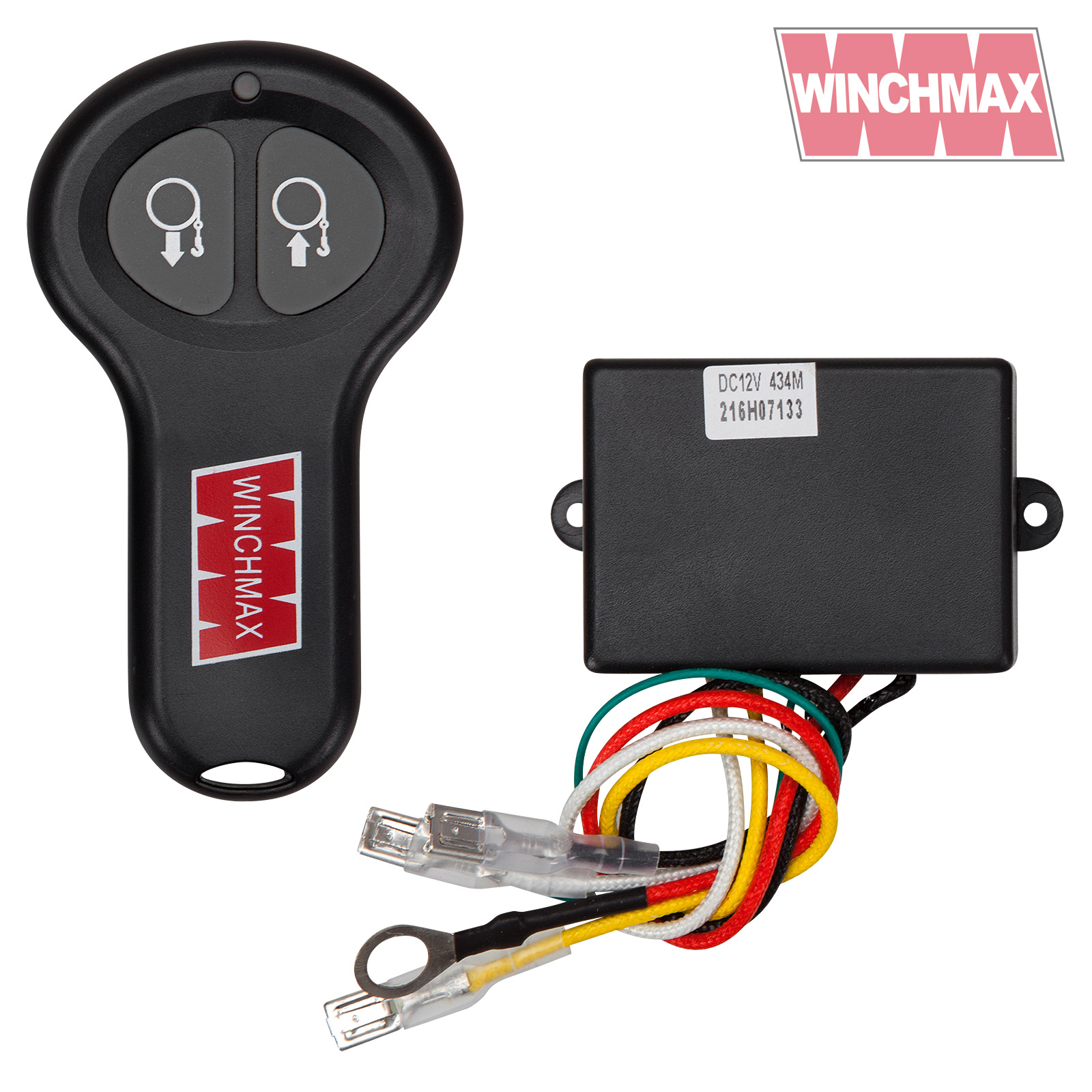
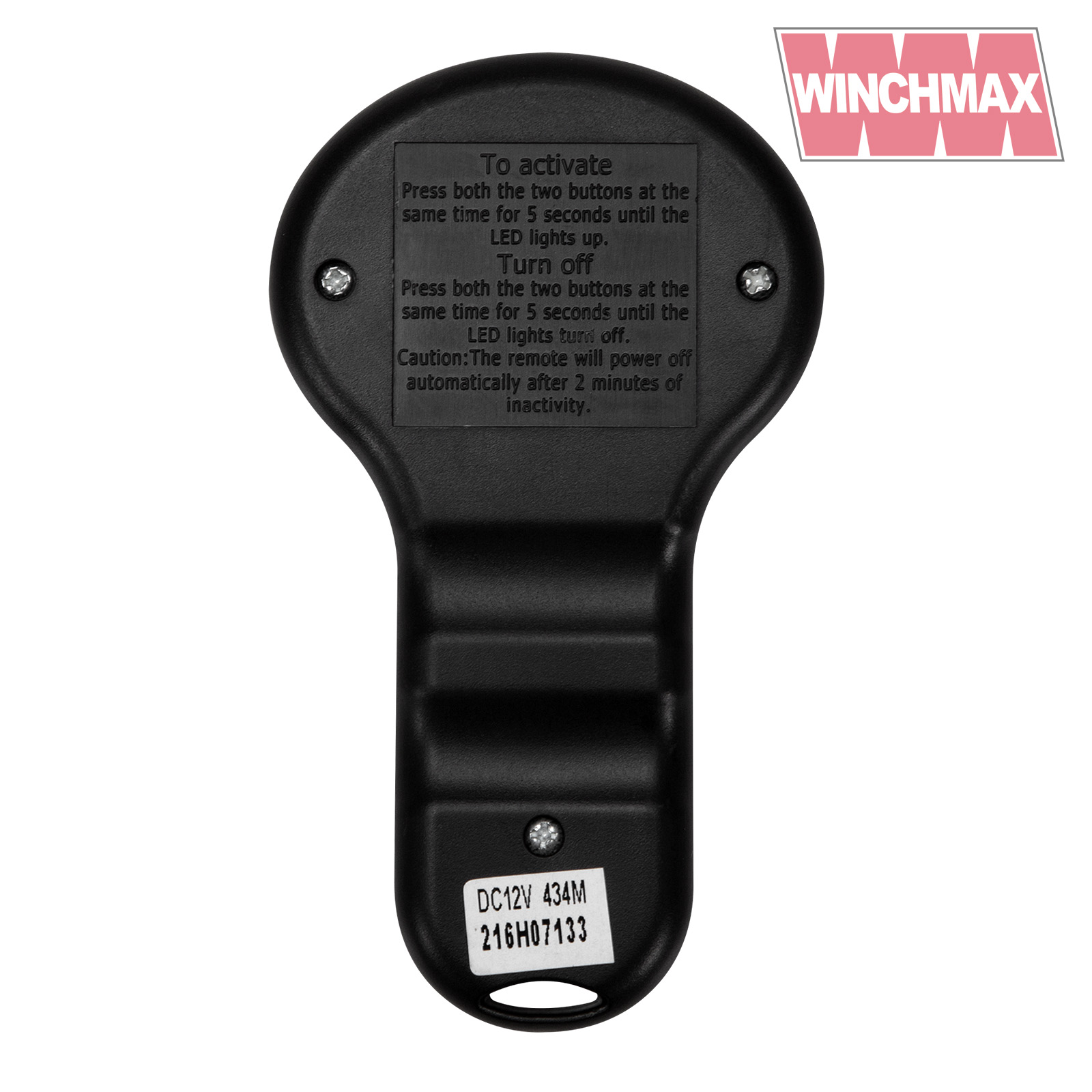
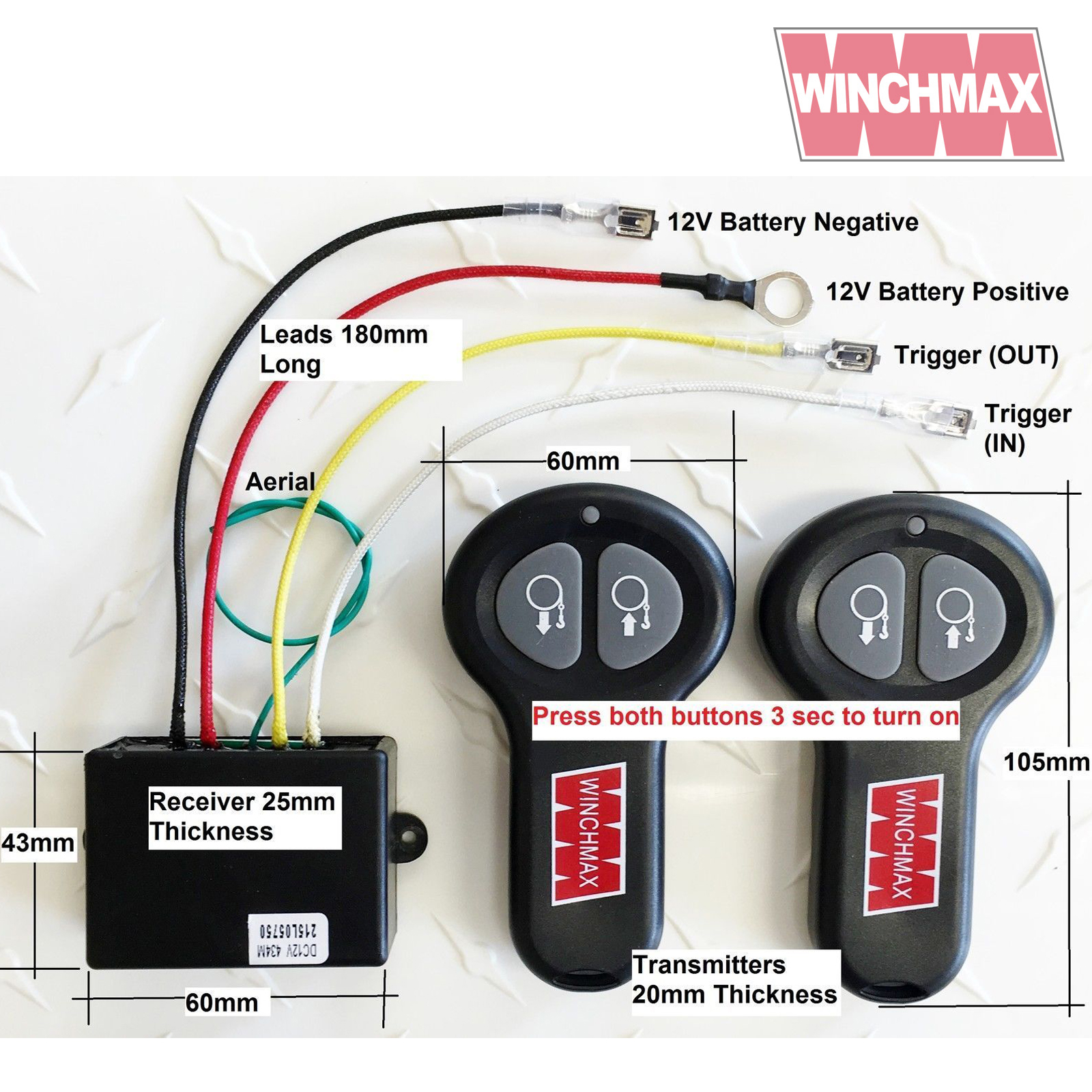
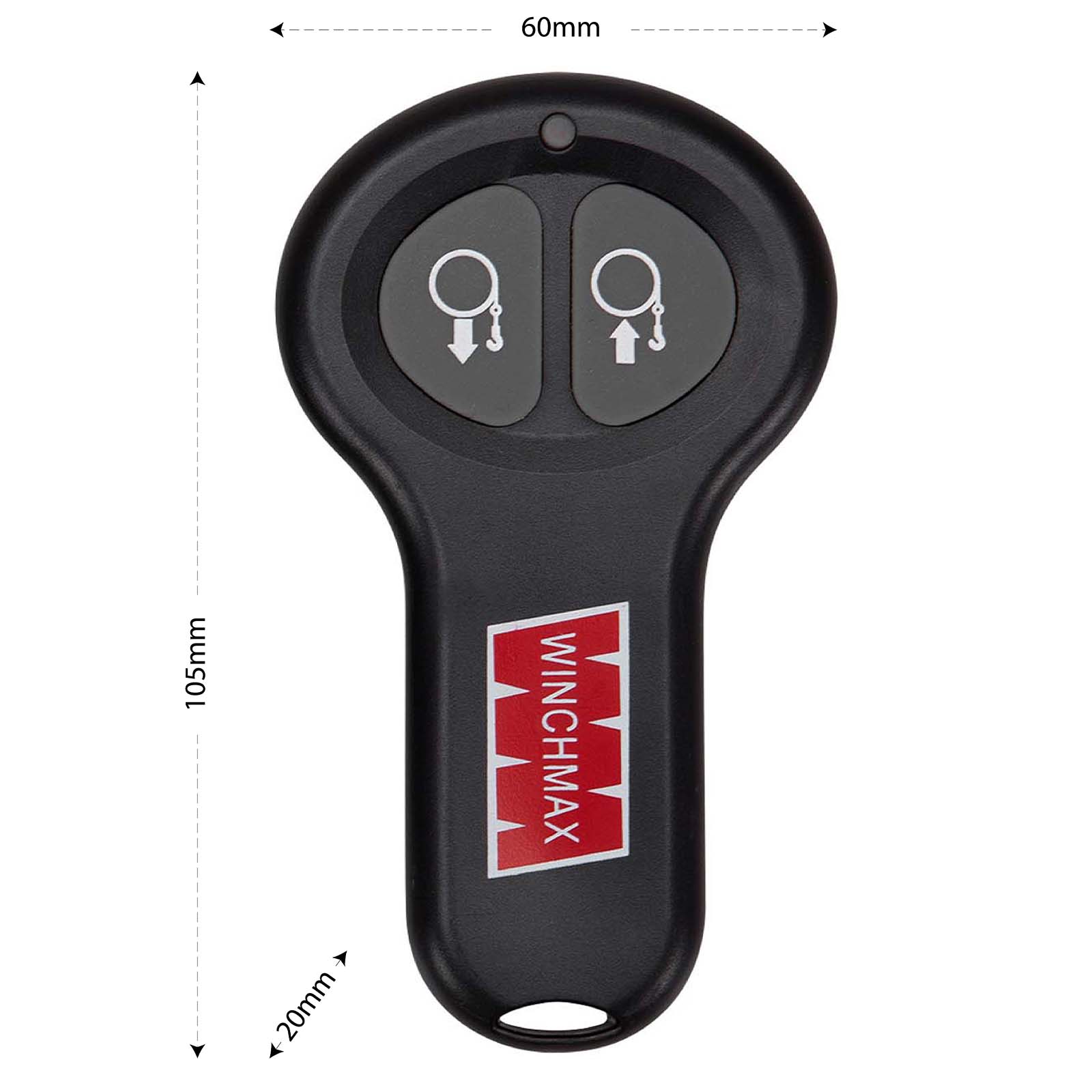
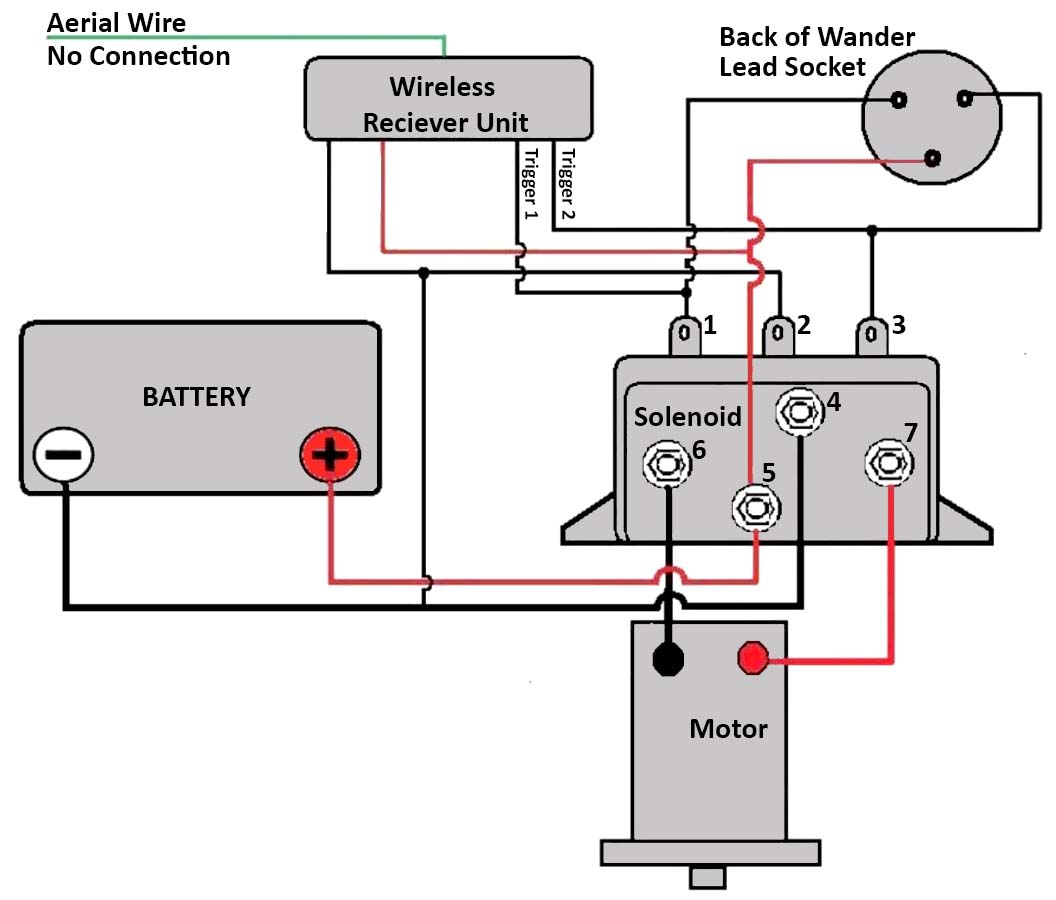
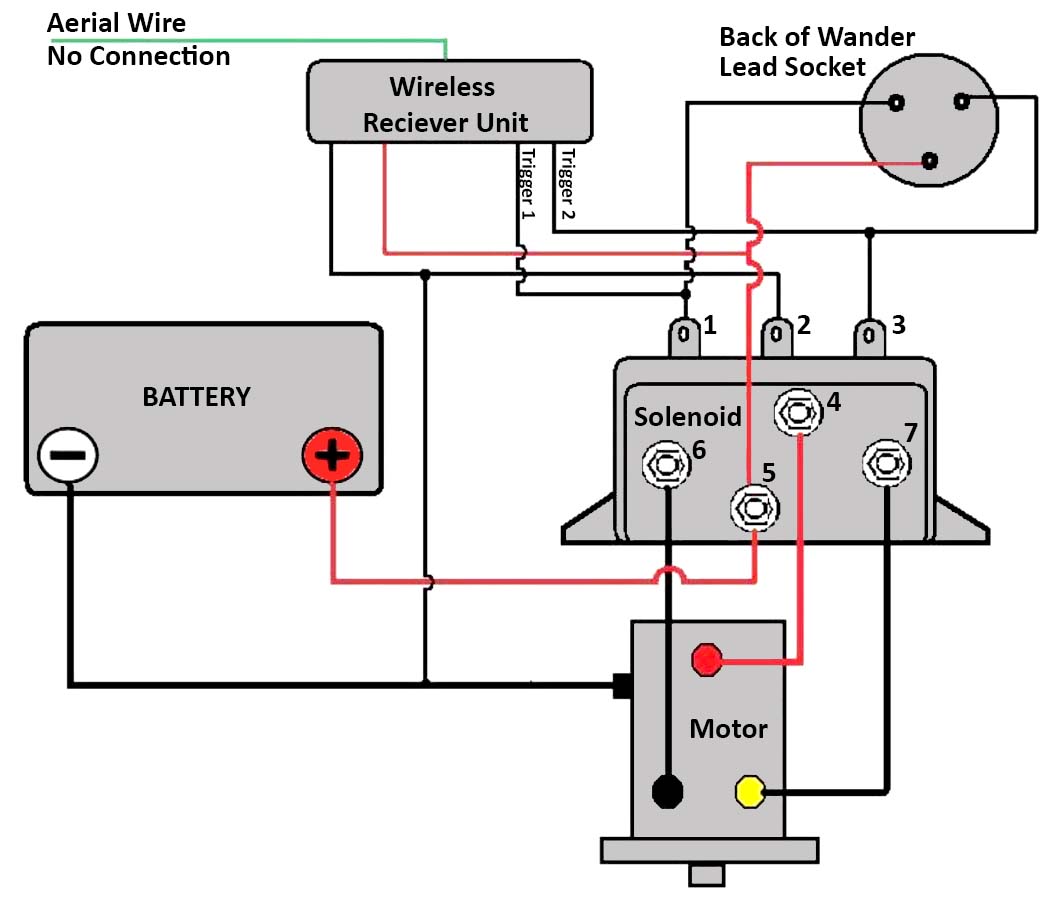
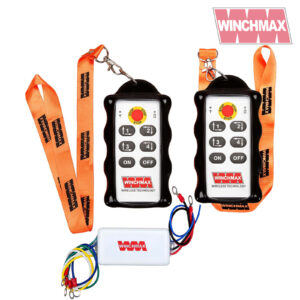
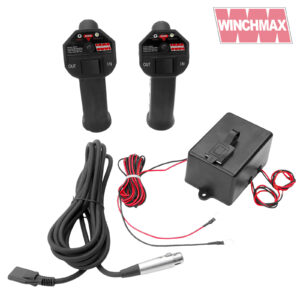
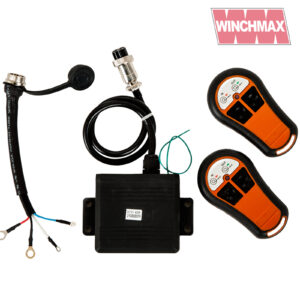
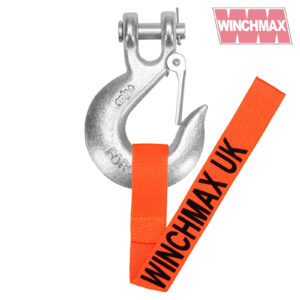
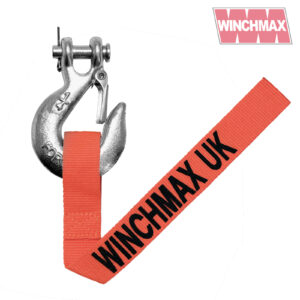
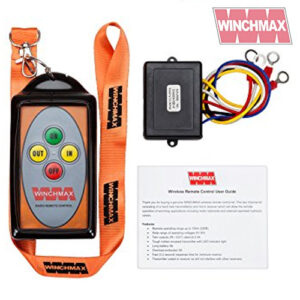
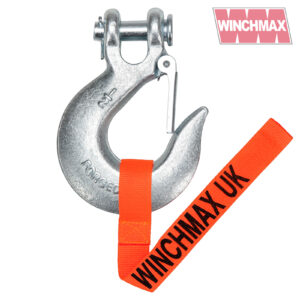
4 reviews for Wireless Winch Remote Control. 12v, Twin Handset